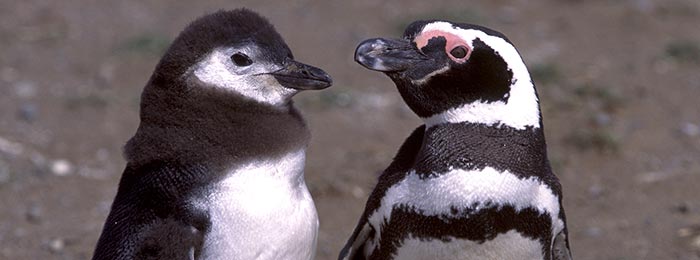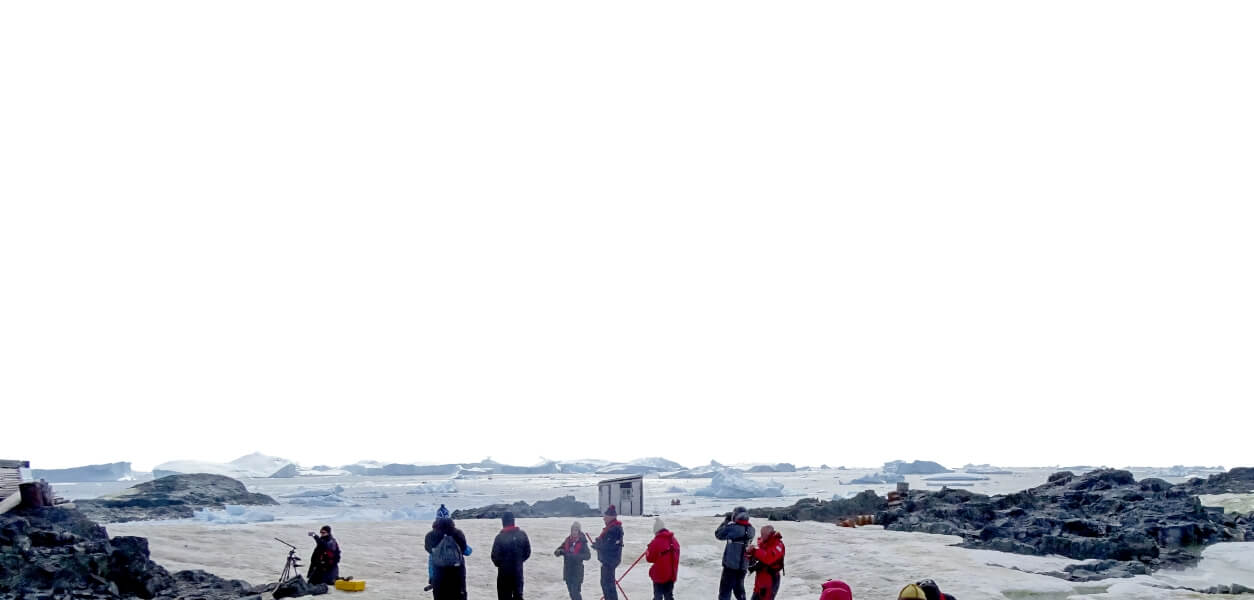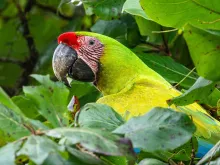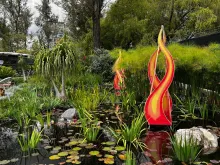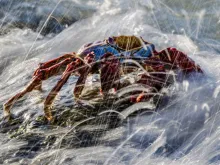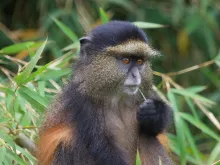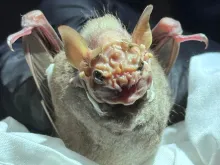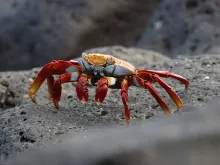Isla Magdalena can feel a little crowded at first - when you disembark from the ferry, you are immediately surrounded by throngs of penguins shuffling about and honking. This small island (210 acres) situated in the middle of the Straits of Magellan is home to roughly 120,000 Magellanic Penguins that visit the island each year from September to March to nest. In 1982, Isla Magdalena was declared Los Pingüinos Natural Monument, granting federal protection to the largest penguin colony in southern Chile.
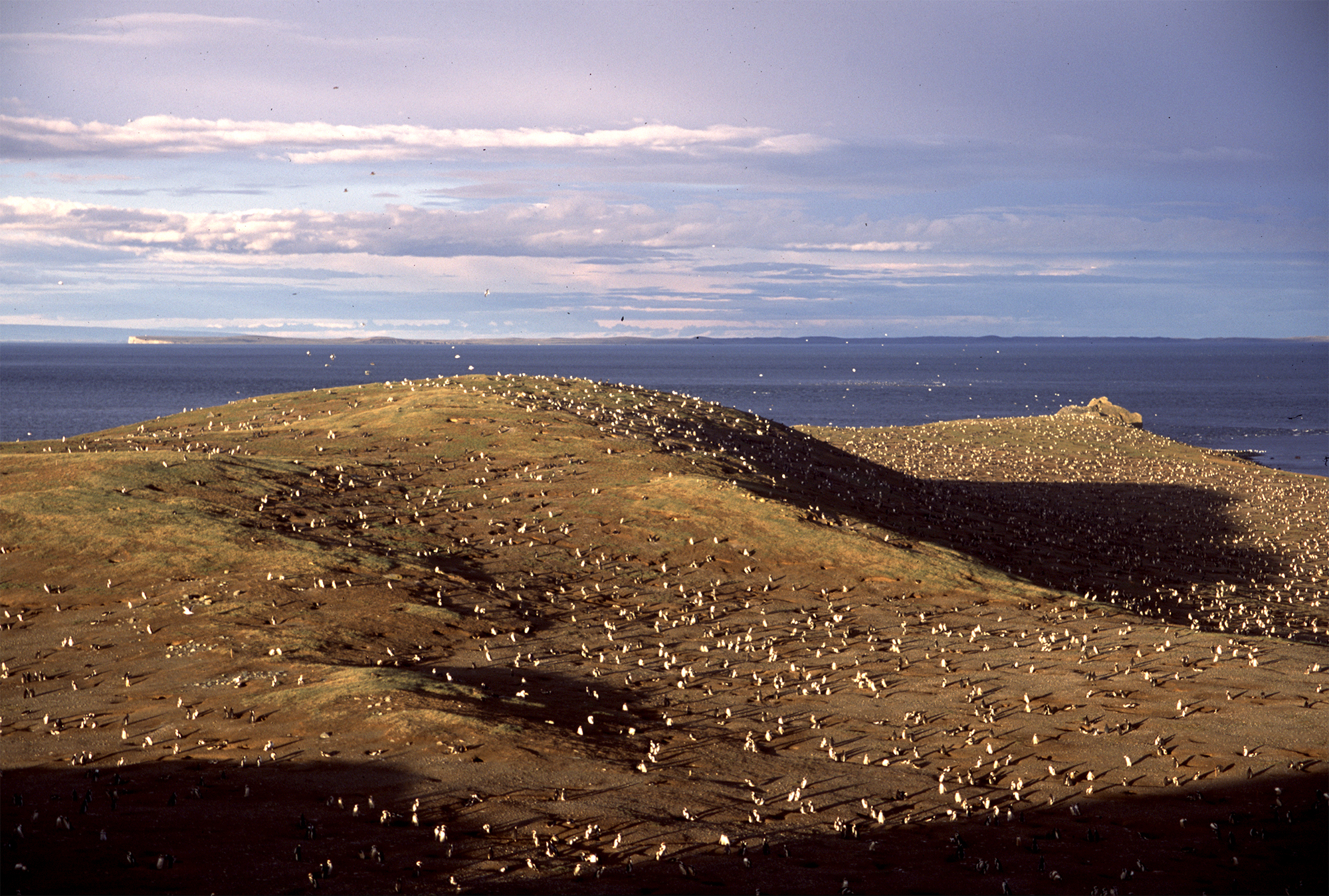
Penguin colony
Photo by Chris Burney
Magellanic Penguins measure two feet tall, and pairs are spread out over every inch of the island. Unlike most penguins which nest on the ground, Magellanic Penguins dig and lay their eggs in burrows - a behavior that is probably an evolutionary response to nesting on the mainland and contending with terrestrial predators like foxes and skunks. Females typically lay two eggs, and when the chicks are roughly a month old, the entire family can often be seen hanging out together at the entrance to the burrow.

Rock Cormorant (Phalacrocorax magellanicus)
Photo by Chris Burney
Other birds share the limited space on the island with the penguins. Rock and Imperial Cormorants and Kelp Geese nest along the cliff faces. Kelp and Dolphin Gull colonies are generally found on the rockier parts of the island that are unsuitable for burrowing. Chilean Skuas nest solitarily and adults carry out aggressive fly-bys if you approach their nests too closely. Rufous-chested Dotterels, Blackish and Magellanic Oystercatchers, Dark-bellied Cinclodes, and South American Terns frequent the beaches and may nest there.

Great Skua (Stercorarius skua)
Photo by Chris Burney
Be sure to have your binoculars handy as you motor 35 km on the ferry from Punta Arenas to Isla Magdalena. Penguins are fun to watch as they “fly” through the water, and they may be joined by other marine species such as Magellanic Diving-Petrels, Black-browed Albatross, Giant-Petrels and White-chinned Petrels. In addition to the birds, Peale’s dolphins occasionally ride the bow.
